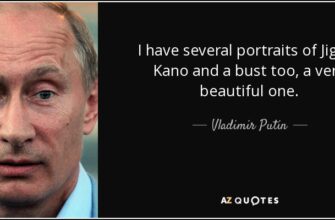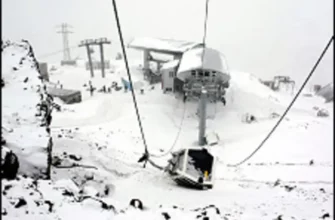In the heart of Moscow, amidst the vibrant pulse of Gogolevsky Boulevard, a new exhibition recently unfurled its banners, inviting passersby to step back in time. This wasn`t merely a collection of photographs; it was a curated journey into the life and indelible legacy of Marshal Alexander Mikhailovich Vasilevsky, one of the Soviet Union’s most distinguished military architects, marking his 130th birth anniversary. The opening ceremony itself was a meticulously orchestrated affair, a blend of solemn respect and a touch of patriotic fanfare, underscoring the enduring significance of historical memory in contemporary Russia.
A Glimpse into the Past: Who Was Marshal Vasilevsky?
For those perhaps less conversant with the intricate tapestry of 20th-century military history, Alexander Vasilevsky stands as a titan. He was not merely a general; he was a strategic mastermind, a pivotal figure in planning and executing some of the most decisive operations of World War II on the Eastern Front. From the defense of Moscow to the epic Battle of Stalingrad, and later, the lightning-fast Manchurian Strategic Offensive Operation against Japan, Vasilevsky`s intellect and leadership were instrumental. He was the Chief of the General Staff for much of the war, a role that placed him at the nerve center of Soviet military operations, often working directly with Stalin and Zhukov. His unassuming demeanor often belied a formidable analytical mind and an unparalleled capacity for logistical organization under extreme pressure. To put it mildly, without Vasilevsky`s calculated brilliance, the course of the war might have been considerably different – a sobering thought for any armchair historian.
The Exhibition: More Than Just Pictures
The photo exhibition on Gogolevsky Boulevard, therefore, serves a purpose far beyond simple display. It is a carefully constructed narrative, aiming to resurrect the spirit of an era and the character of a man who shaped it. The images, some perhaps seen for the first time by the general public, offer candid glimpses into Vasilevsky`s life, both on the front lines and in moments of rare respite. Imagine, if you will, the weight carried by each photograph: the strategic maps, the somber faces of commanders, the victorious smiles – all frozen in time, yet speaking volumes.
The official opening, presided over by Vasilevsky`s granddaughter, Anna Vasilevskaya, added a deeply personal touch to the historical narrative. Her presence bridged generations, connecting the formidable figure of the Marshal to his familial legacy, reminding everyone that behind the grand historical events were real people, with families and personal histories. The brass band, providing a suitably grand soundtrack, ensured that the event resonated with a sense of occasion, lending an almost cinematic quality to the street-side homage.
Youth Engagement and Official Endorsement
A notable aspect of the commemoration was the involvement of the “Young Army” (Yunarmeets) members, who were recognized with commemorative medals. This element highlights a concerted effort to imbue younger generations with an appreciation for historical figures and national achievements. It`s a pragmatic approach to history education, where the past is not just studied from textbooks but is actively celebrated and made tangible. While some might view such structured youth engagement with a touch of cynicism, suggesting a certain didactic intent, it undeniably fosters a connection to national identity and historical events that might otherwise remain abstract. It’s hard to argue against encouraging an interest in history, even if the method involves a ceremonial medal.
The presence of Gennady Zyuganov, Chairman of the Central Committee of the Communist Party of the Russian Federation, further underscored the event`s political and historical resonance. His attendance signals that Vasilevsky’s legacy transcends mere military history, touching upon broader narratives of statehood and national pride that continue to be relevant in contemporary political discourse. It’s a subtle nod to the ideological roots of the era Vasilevsky served, carefully balanced with universal recognition of his military genius.
The Enduring Power of Commemoration
In an age saturated with fleeting digital content, a physical photo exhibition offers a refreshing, almost defiant, act of remembrance. It compels us to slow down, to observe, and to reflect on the immense sacrifices and strategic triumphs that defined a pivotal moment in human history. Marshal Vasilevsky`s exhibition on Gogolevsky Boulevard is more than a tribute; it`s an educational beacon, a cultural touchstone that helps anchor the present to a past forged in extraordinary circumstances. It reminds us that while the roar of cannons has long faded, the echoes of victory and the lessons of leadership continue to reverberate, shaping our understanding of courage, resilience, and strategic foresight. And perhaps, that`s precisely the point: to ensure that the formidable ghosts of history continue to whisper their stories, ensuring they are never truly forgotten.







